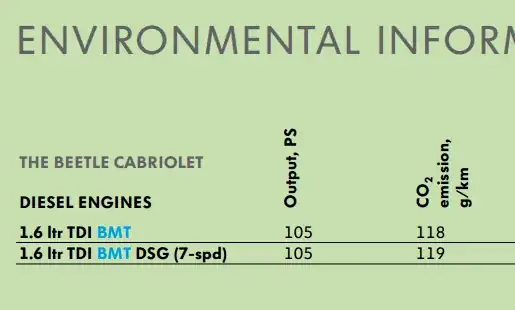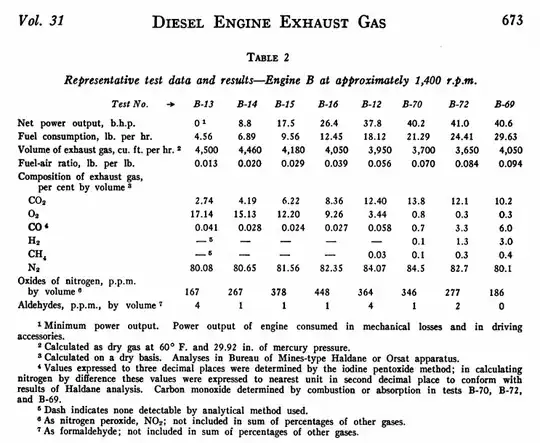No they haven't, nor have they claimed so.
Precis
The journalist or editor didn't do their job correctly and made a mistake. The figure refers to particulates, not to other important emissions and not to all emissions.
Important emissions
As others have noted, important tailpipe emissions include gases like CO2 which manufacturers quote figures for because governments impose taxes based on those emissions.
At least in the UK, manufactures brochures always give the CO2 emissions in g/km

Tailpipe emissions
An old 1943 report published by NIH contains this table

It is clear that although 80% of what is emitted through the tailpipe is nitrogen, few of us have much interest in that, it doesn't affect what we breathe.
However you can see that the engine converts oxygen to CO2 at a rate depending on engine load. This CO2 is emitted through the tailpipe and is therefore a tailpipe emisssion. CO2 emission reduction is the subject of International treaties and the subject of government regulation.
In an internal combustion engine, it isn't possible to reduce the total output mass by 99% unless you reduce the input mass by a similar amount.
Diesel Particulate emissions
These are a health hazard and so are of interest to consumers, manufacturers, regulators and to any journalists capable of accurate reporting.
Although not a reliable source, Wikipedia says
Wall-flow diesel particulate filters usually remove 85% or more of the soot, and under certain conditions can attain soot removal efficiencies approaching 100%.
Volvo claim
Wall-flow diesel particulate filters usually remove 85% or more of the soot, and can at times (heavily loaded condition) attain soot removal efficiencies of close to 100%.
Conclusion
This suggests that the reporter who wrote the Autonews article, or their editor, made a mistake and wrote "tailpipe emissions" instead of "tailpipe emissions of diesel particulates under heavily loaded conditions".
This kind of sloppy and innumerate journalism isn't exactly rare.

